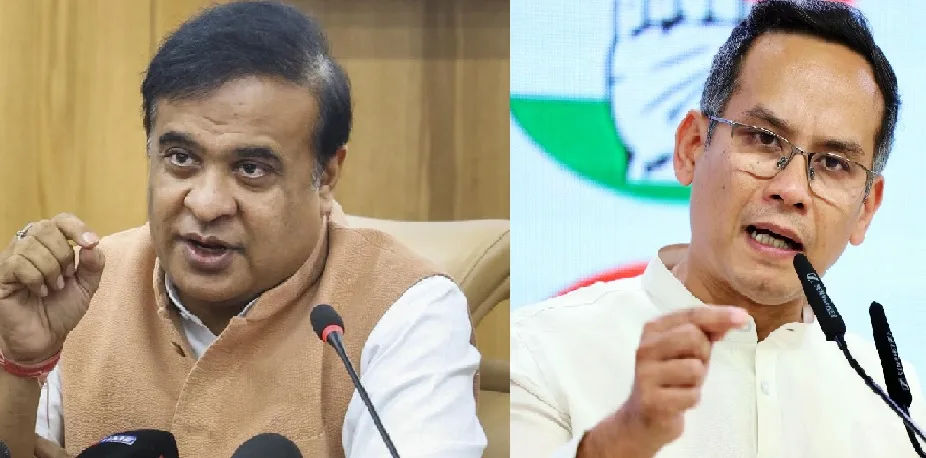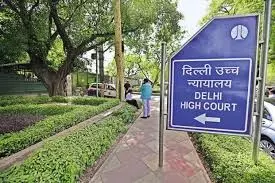By Aamir Ibrahim
Copyright brecorder

For years, the vision of a Digital Pakistan often felt more like an aspirational slogan than a coherent strategy. Announcements of ‘game-changing’ projects would flare briefly, only to fade amid bureaucratic inertia.
However, the government has now put forward a genuinely transformative agenda that moves beyond rhetoric. Under Prime Minister Shehbaz Sharif’s personal stewardship, the cashless economy initiative signals a decisive pivot toward execution. It recognizes that digitalization is not merely a technical upgrade but a structural shift requiring coordinated policy, robust infrastructure, and administrative process reengineering to address tangible socio-economic inclusion.
Accelerating digital payments adoption
The foundational pillar of this initiative is to accelerate widespread adoption and usage of digital payments. The prime minister has called for increasing the number of digital payment users to 120 million, expanding QR-enabled merchants to 2 million, and increasing volumes to 15 billion transactions – all by the end of FY 2026.
These targets highlight the scale of behavioral change sought among citizens and businesses.
To complement adoption goals, the government is digitizing federal salaries, pensions, and vendor payments via Raast; discontinuing paper tokens for SAP-based billing; and extending Raast integration to state-owned enterprises and autonomous bodies.
Moreover, digital invoicing and vendor payment systems will be standardized across federal procurement, with dashboards tracking person-to-government payments across provinces. Utility bills—electricity, gas, telephone—will carry QR codes, and fee counters at Excise and NADRA offices will link directly to Raast.
India provides a successful case study in this respect, with more than 350 million QR codes deployed and increasing at 50%+ compound annual growth rate. Crucially, India’s integrated digital payment platform UPI’s take-off came when QR acceptance was mandated across government services, utilities, tolls, and retail outlets, making digital payments the default rather than the exception.
For Pakistan, the lesson is clear: only by rapidly scaling QR deployment and requiring acceptance at every government and retail touchpoint can we unlock the same transformative effects.
Creating a sustainable digital payments ecosystem
Recognizing that adoption requires commercial viability, a subsidy offsets merchant discount rates on QR-code transactions, aiming to digitize about Rs 700 billion of retail spending annually. This financial commitment signals the state’s willingness to share transition costs. Regulatory mandates, such as the Oil and Gas Regulatory Authority’s directive to all fuel and energy businesses to accept Raast QR payments by late 2025, reinforce these efforts. While cash remains an option, refusing digital payments will no longer be permitted. Such regulations generate the network effects that make digital wallets practical and valuable for everyday commerce.
But adoption is just the first step. Digital payments are not the destination but the gateway. The real opportunity lies in building an ecosystem where digital wallets unlock access to health, education, insurance, and commerce — transforming financial access into a platform for holistic socio-economic participation.
Unlocking social inclusion through digital wallets
From an inclusion perspective, the digitalization of Benazir Income Support Programme (BISP) is a critical third pillar. To execute this, ten million digital wallets are being issued to beneficiaries, each linked to the recipient’s CNIC and verified biometrically.
Furthermore, telecom operators are providing ten million free SIM cards, ensuring that even the poorest households have access to mobile money. This will have positive spillovers for female financial inclusion as linking benefits to CNICs gives women recognition in the national database and opens further opportunities for availing additional services.
It is not merely a cash transfer programme; it is a holistic social intervention tying financial assistance to education and health outcomes while providing digital literacy training. Such a comprehensive approach reflects a forward-thinking strategy to empower citizens rather than perpetuate dependency.
Equally critical is preparing Pakistan’s youth for this transition. For young Pakistanis, financial inclusion must go hand in hand with digital skills and entrepreneurial pathways. A cashless economy will only be sustainable if tomorrow’s workforce is equipped to innovate, create, and thrive within it.
Pakistan’s first cashless city
The plan to make Islamabad Pakistan’s first cashless city shows how policy can be translated into local practice. The Capital Development Authority will require all businesses and civic services—retailers, markets, restaurants, taxis, and clinics—to accept Raast QR payments. Property taxes, utility bills, land transfers, and parking fees will be payable via mobile apps or QR codes. If Islamabad succeeds, it could serve as a template for Lahore, Karachi, and other cities, demonstrating that behavioral change is possible when infrastructure, regulation, and outreach move in tandem.
Extending connectivity and creating an enabling environment
However, digital payments will remain aspirational without affordable and reliable broadband. To address that, the Cashless Economy roadmap calls for reducing right-of-way charges to zero across all federal entities—including Pakistan Railways and the National Highway Authority—to accelerate fibre rollout.
These measures need to be mirrored by provincial governments to make the digital landscape truly future-ready.
But one systemic issue threatens to undermine all these efforts and falls outside the scope of the Cashless Pakistan masterplan: any citizen-centric digital transformation initiative hinges on reliable broadband connectivity primarily delivered through mobile.
This is a direct function of the amount of frequency spectrum sustainably available to the mobile industry.
Unfortunately, Pakistan’s mobile operators currently work with just 274 MHz of spectrum, far below the 700 MHz average used in many Asia-Pacific countries. For instance, telecom operators in Bangladesh have around 500 MHz available to them, while those in Malaysia have over 750 MHz. Without additional spectrum, operators struggle to handle growing traffic driven by increasing Internet and digital services use.
This shortage has degraded user experiences; ordinary citizens already suffer from poor internet quality, and congestion is expected to worsen if spectrum allocations do not increase.
Without urgent spectrum reform, Pakistan risks building a cashless economy on weak digital rails. Connectivity is the oxygen that sustains financial inclusion — and spectrum is its lifeblood. Now is the time to consolidate the digital foundations of the country through meaningful digital infrastructure support measures, including structural changes in the spectrum assignment process.
Looking ahead
After years of advocating that digital connectivity paired with financial inclusion is the only sustainable path to unlocking Pakistan’s demographic dividend and entrepreneurial vigor, this coherence in policy and execution fills me with cautious optimism. For too long, digital conversation was dominated by lofty visions without structural backing.
Now, with tangible actions, we are witnessing a whole-of-government approach.
While there will be resistance from those comfortable with cash and from sectors that thrive in opacity, the trajectory is unmistakably forward. Success rests on continued collaboration among government, regulators, private industry, and civil society, coupled with diligent execution.
Policymakers must monitor implementation, adjust incentives, and ensure that regulations do not stifle innovation. Private firms must invest in customer education and secure systems, while NGOs and community groups must promote digital literacy, especially among women and rural populations.
We now have a roadmap that marries technology with inclusion, policy with execution, and vision with action. The task before us is to stay the course and turn this moment of promise into a sustained reality.
The article does not necessarily reflect the opinion of Business Recorder or its owners



